By: Arnulfo Manriquez
Between April 27th and May 3rd, I traded my everyday landscape for the green hills of Piedmont, Italy. Although I arrived via Turin, my heart was set on the Langhe region, between Barolo, Barbaresco, and Alba. I rented a tiny, two-door, six-speed Fiat 500, which nimbly took me through vineyard roads, past castles, and medieval villages. It was off-season, which made it easy to find accommodations and restaurants at all price points without any complications. From Michelin-starred restaurants to hidden family gems, Piedmont welcomed me with wines and open arms. This wasn’t just a wine-tasting visit (although I did try more than 50: Barolos, Barbarescos, Alta Langa, Dolcetto, Moscato, Roero, Franciacorta, among others).
It was a lifetime experience. The hills had a silence that spoke more than a thousand words, and Piedmontese food—truffle tagliatelle, cured meat, and Barolo risotto—makes time stand still. I began my journey in Barolo, where Nebbiolo reigns supreme.
In Massolino, Valentina explained why this grape is only planted on southern slopes. Then, in Cavallotto, Valentina guided me among 42-year-old Slovenian oak barrels. Fourteen wines that day. I closed with dinner at Ristorante Brezza and a Barolo Sour that officially put me in Piedmontese mode.
At Casa di Langa, my base, mornings were slow: walks through their orchard, coffee overlooking La Morra, and Nebbiolos growing in the sun. In Alba, I stumbled upon Monumento di Alba, a hazelnut gelato, and a saleswoman named Enza who convinced me to buy an Italian cologne (which I still wear).
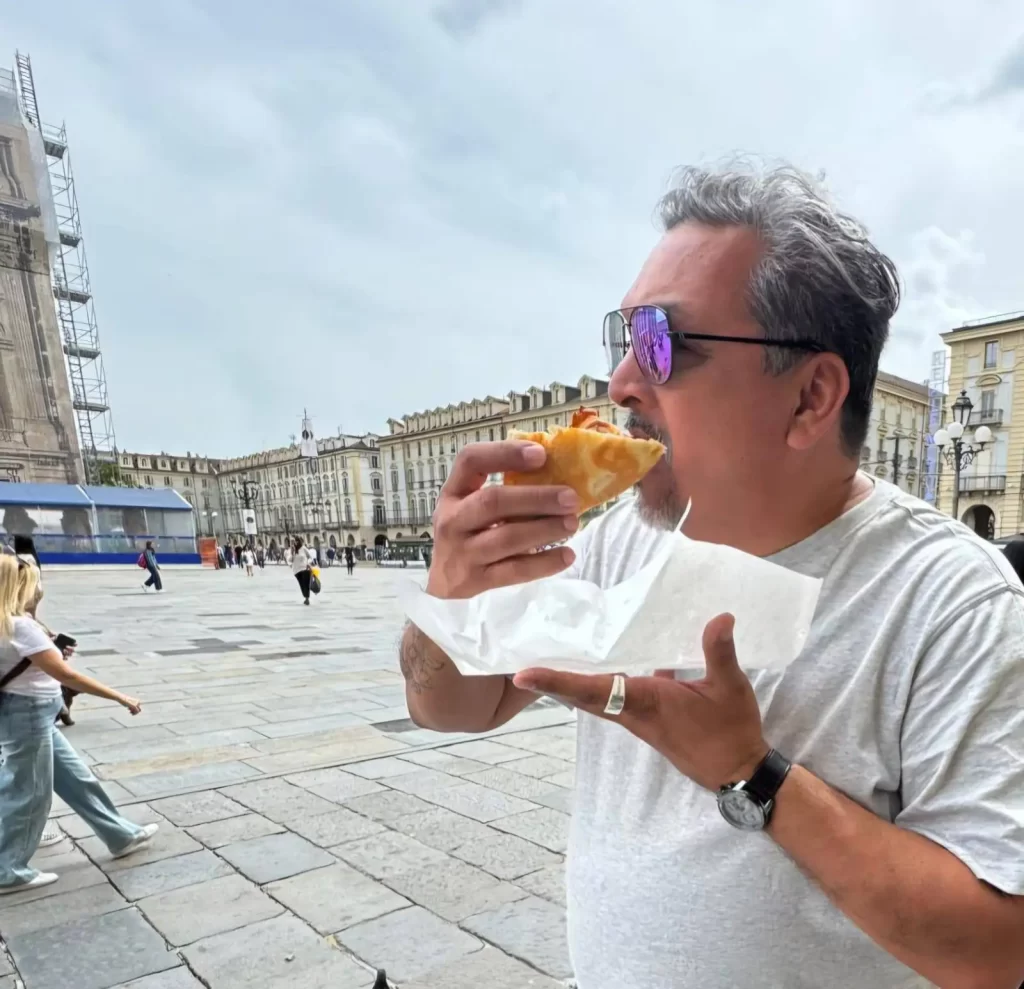
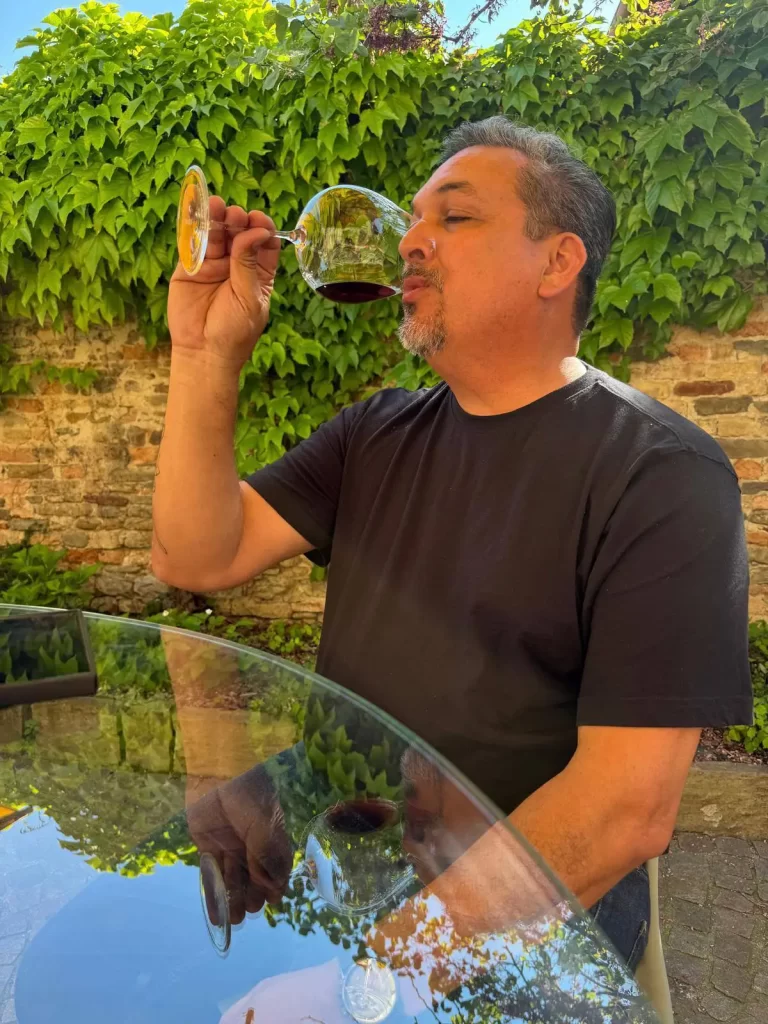
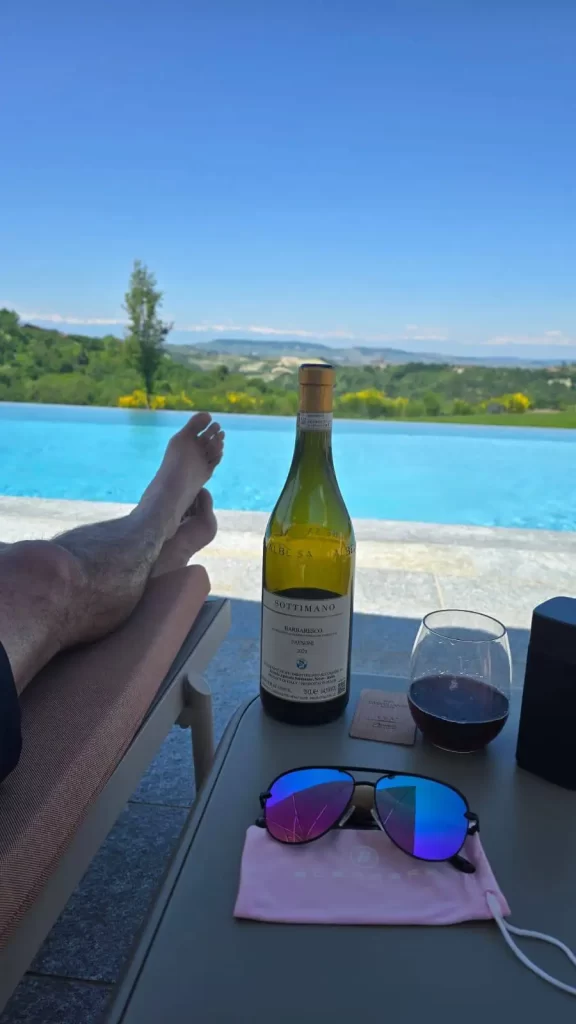
In Monforte d’Alba, I had dinner at Le Case della Saracca, a stone restaurant steeped in centuries of history and with a menu that included a 2016 Podere Ruggeri Corsini Barolo Riserva Bussia that was pure elegance. Barbaresco awaited me, and I didn’t even know I loved it so much until this trip. I started with Elena de Sottimano. At first, I was stressed; by the end, she gave me a bottle of Fausoni 2021 to enjoy by the pool.
Then, Michela at Produttori del Barbaresco explained how 53 producers come together in a single cooperative. I recorded bottle labels and discovered the ideal glass for Nebbiolo. I ended at Castello di Neive, with Chiara guiding me through 18th-century rooms. One of the most magical moments was the sunrise from a hot-air balloon over Barolo. Seeing the hills, vineyards, and villages from the sky was a picture I’ll never forget. Later, by the pool at Casa di Langa, with my bottle of Sottimano, we created the “Langherrita”: bergamot, orange, gin, and a touch of Moscato. Pure creativity and flavor.
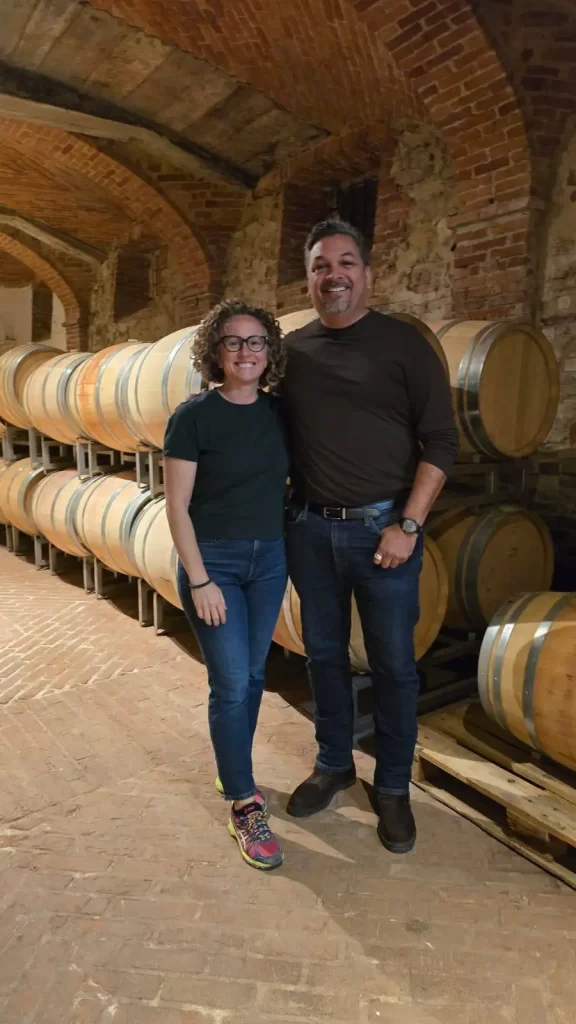
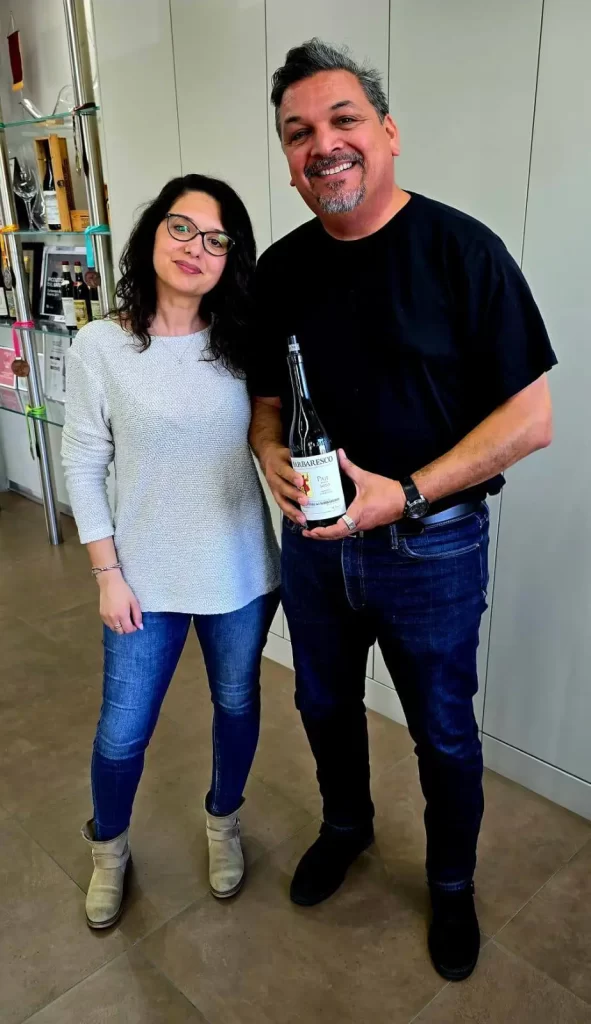
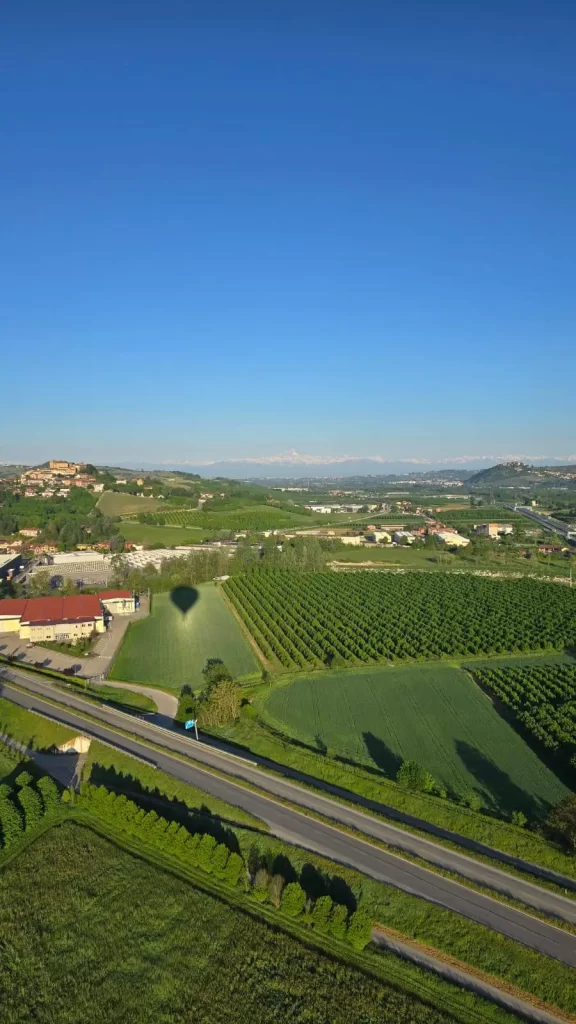
At DaMà, a five-course Michelin-starred dinner with five wines and a view of the Alps. At Osteria Veglio, thanks to Silvia Altare, I tried black pork and pork belly with local wines. Campamac and Fàula Ristorante were other favorites, each with its own magic. On the final day, I visited Silvia Altare, daughter of Elio, leader of the Barolo Boys movement. Her philosophy: “Tradition is a well-executed innovation.” Tradition is a well-executed innovation. She gave me stories, energy, and five unforgettable wines. She herself got me a table at Osteria Veglio, where the local food and wine reminded me that here, the soul is served in a glass and on a plate. You’re invited to the Valle de Guadalupe.
I took away much more from Piedmont than bottles. I left them with a drink I called PieMontillo: Amaro, espresso, and orange peel. I took with me calm, perspective, unforgettable flavors, and connections that cross borders. And all in a region that, though famous, remains accessible, welcoming, and deeply authentic. Piedmont isn’t just about drinking. It’s about living. And I already want to go back.


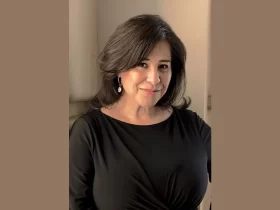
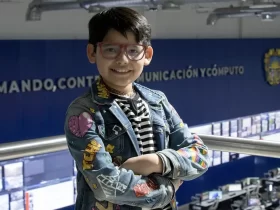

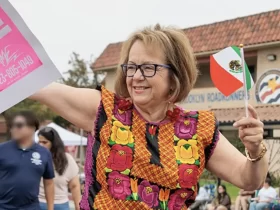













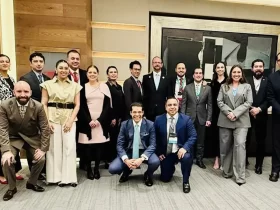
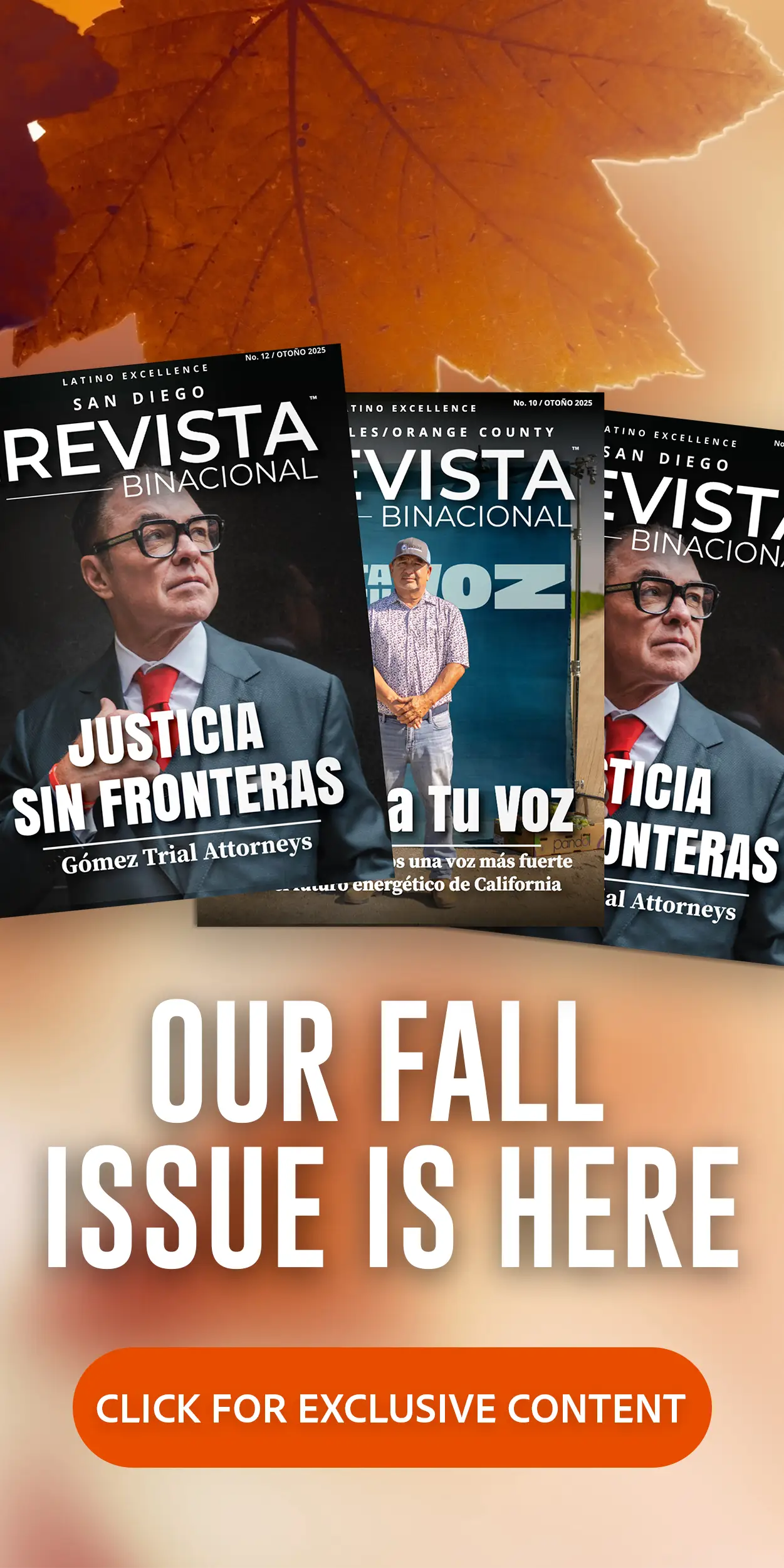
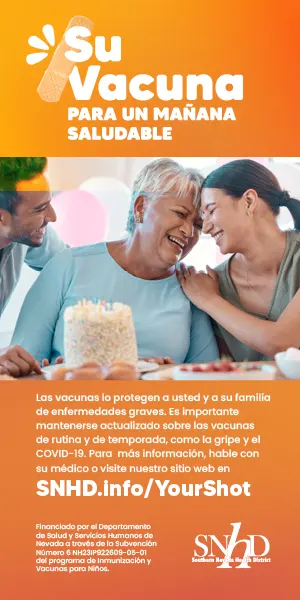
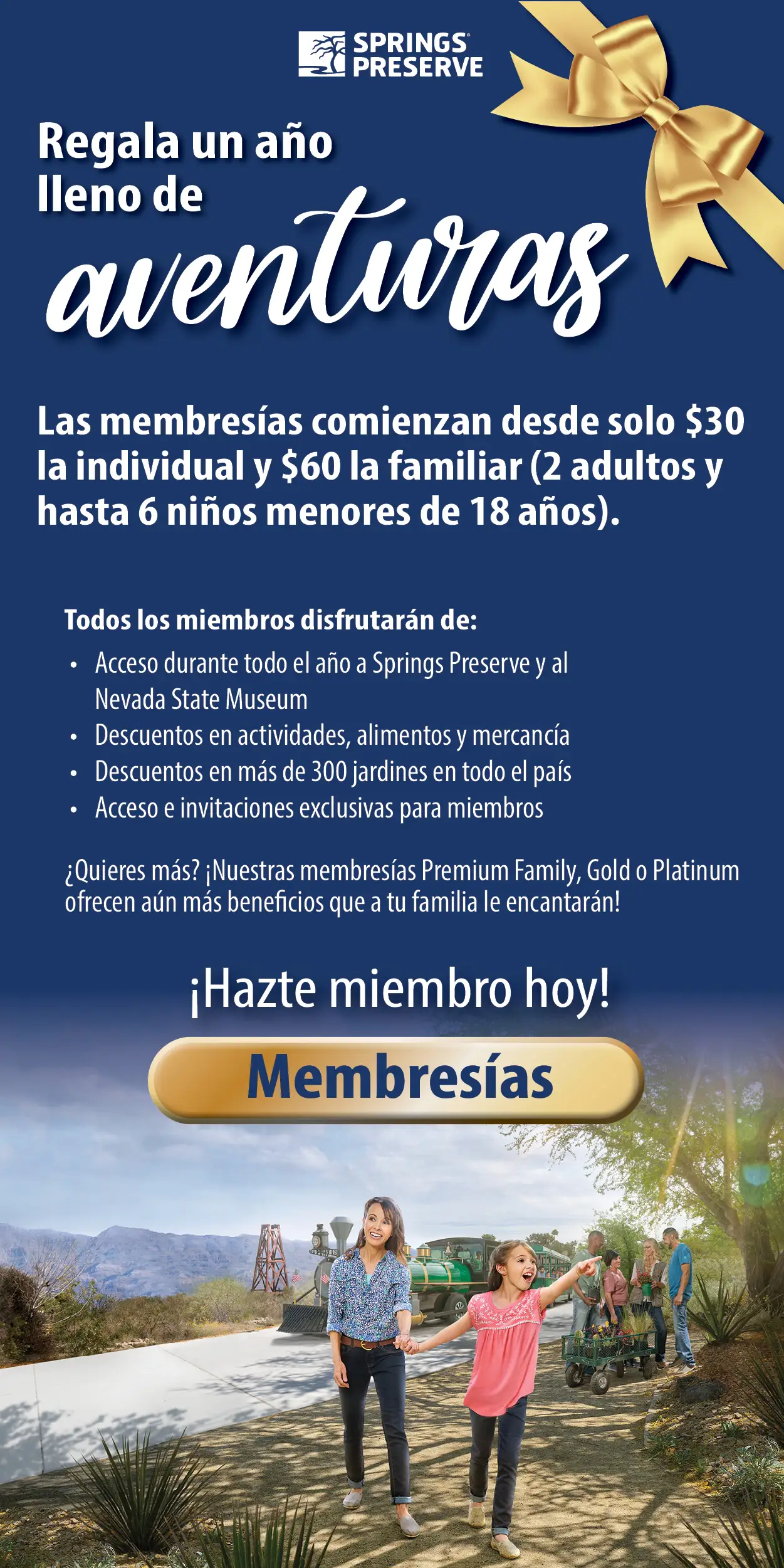
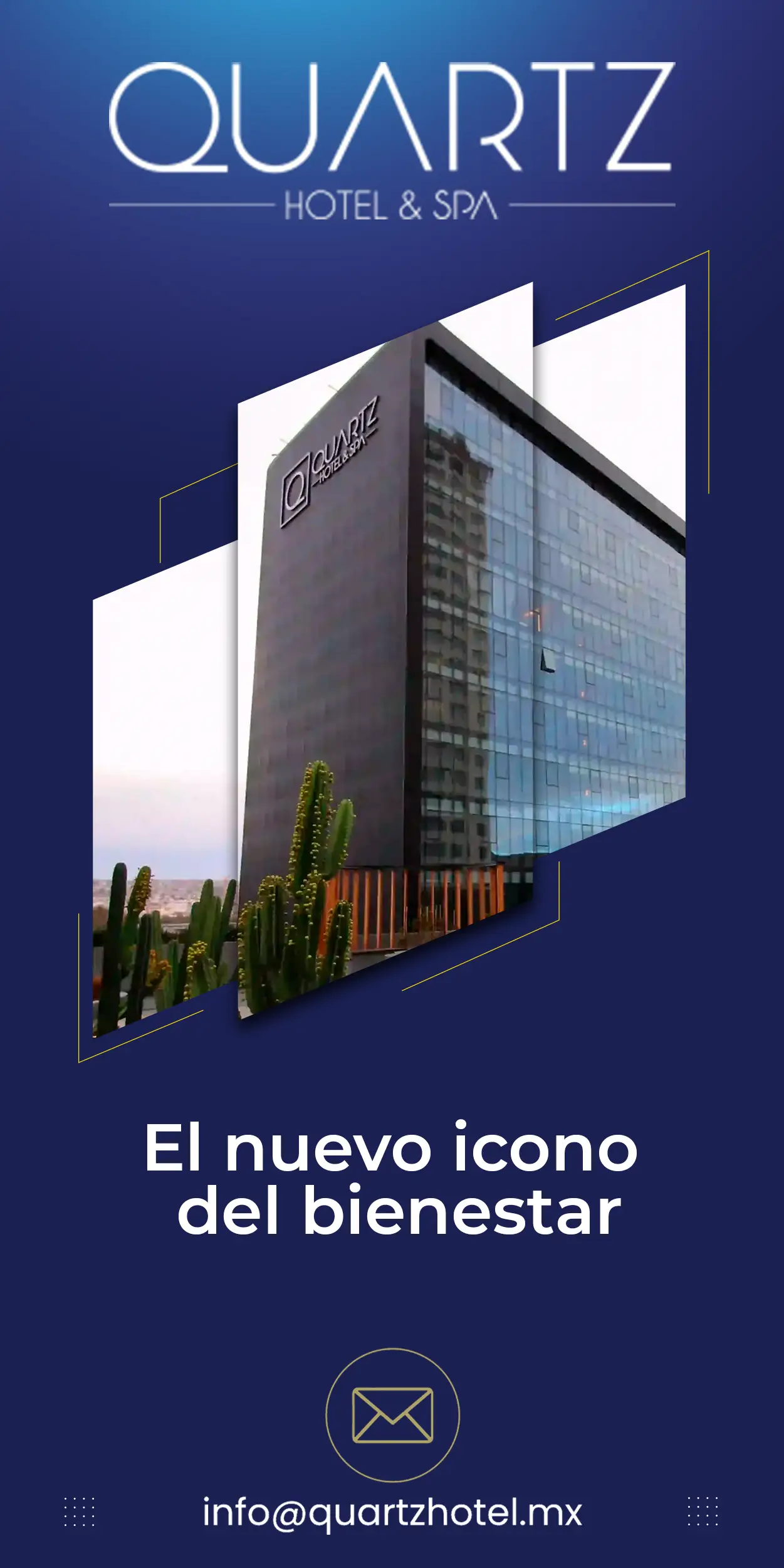
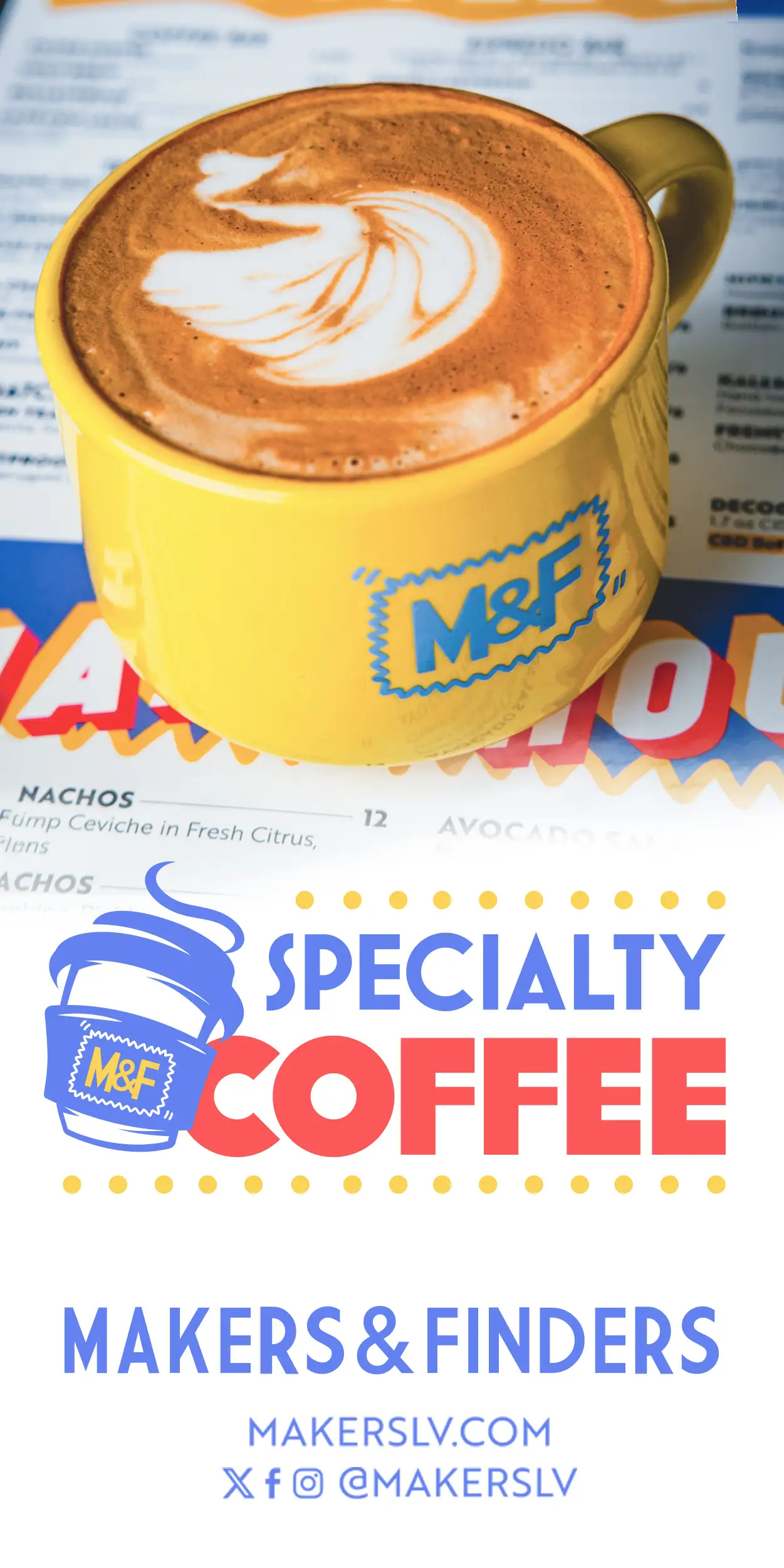


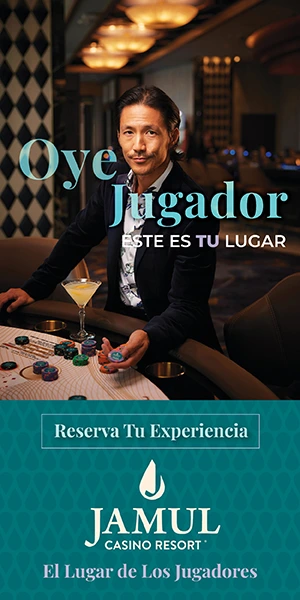
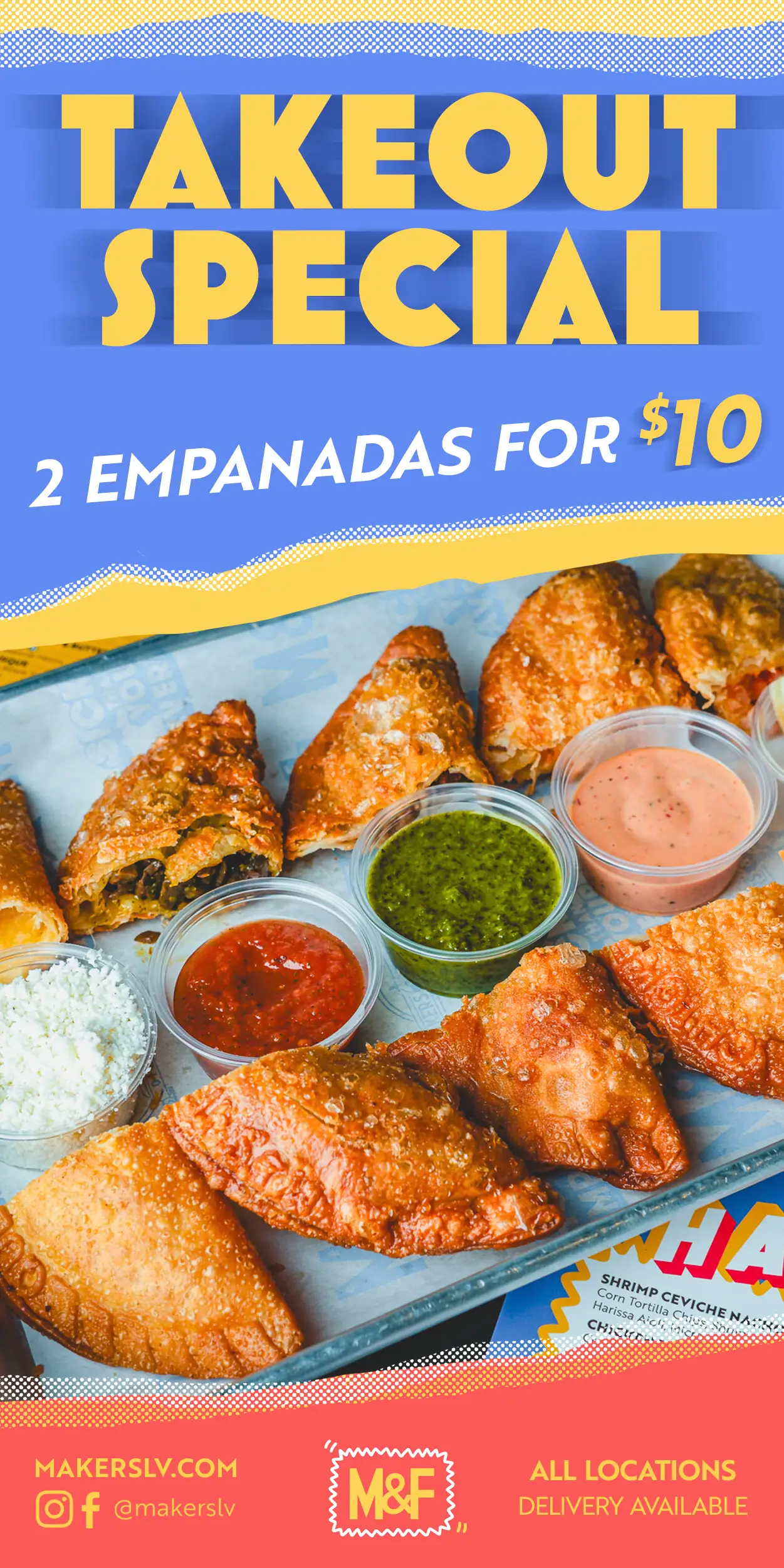
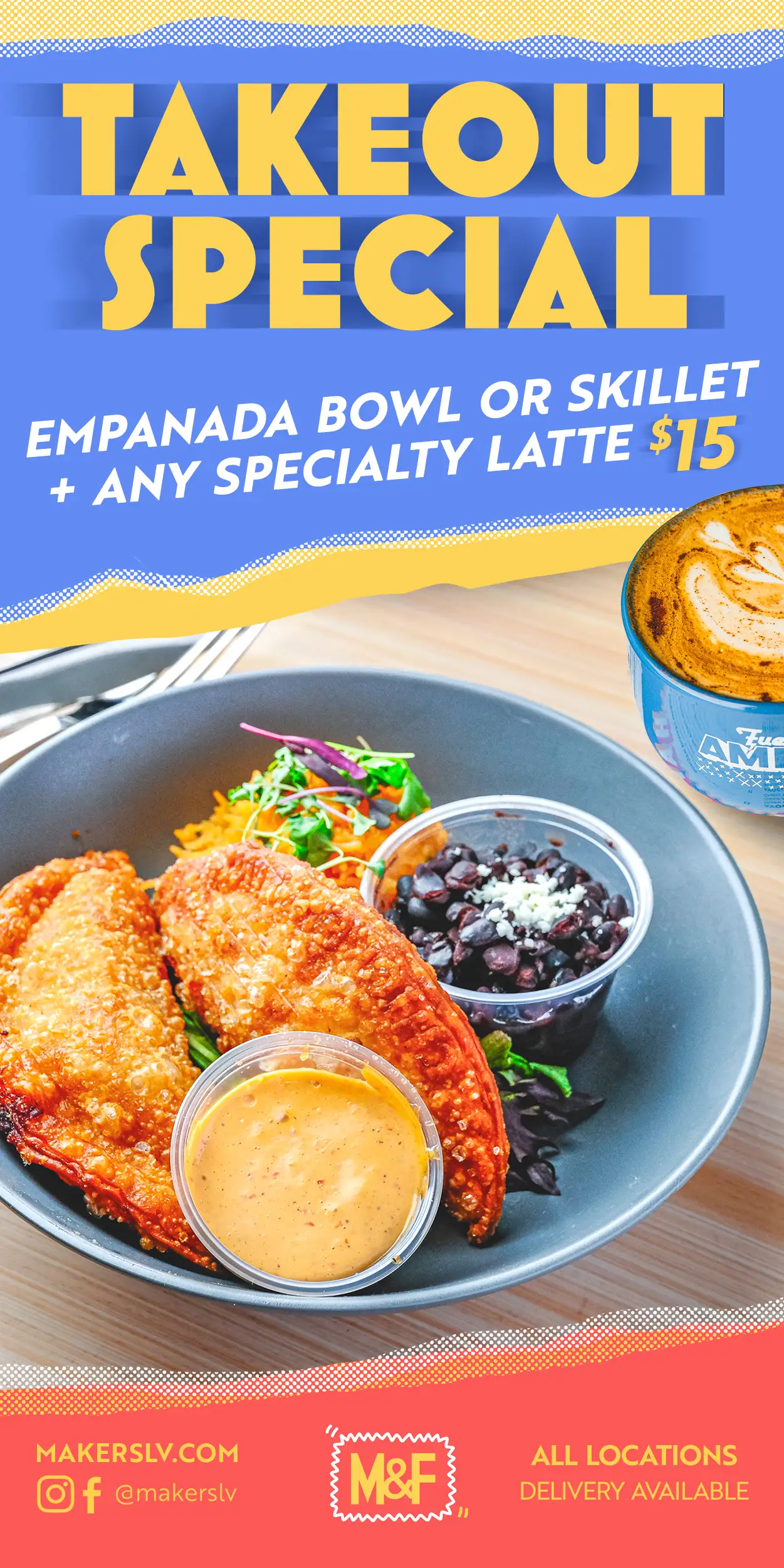
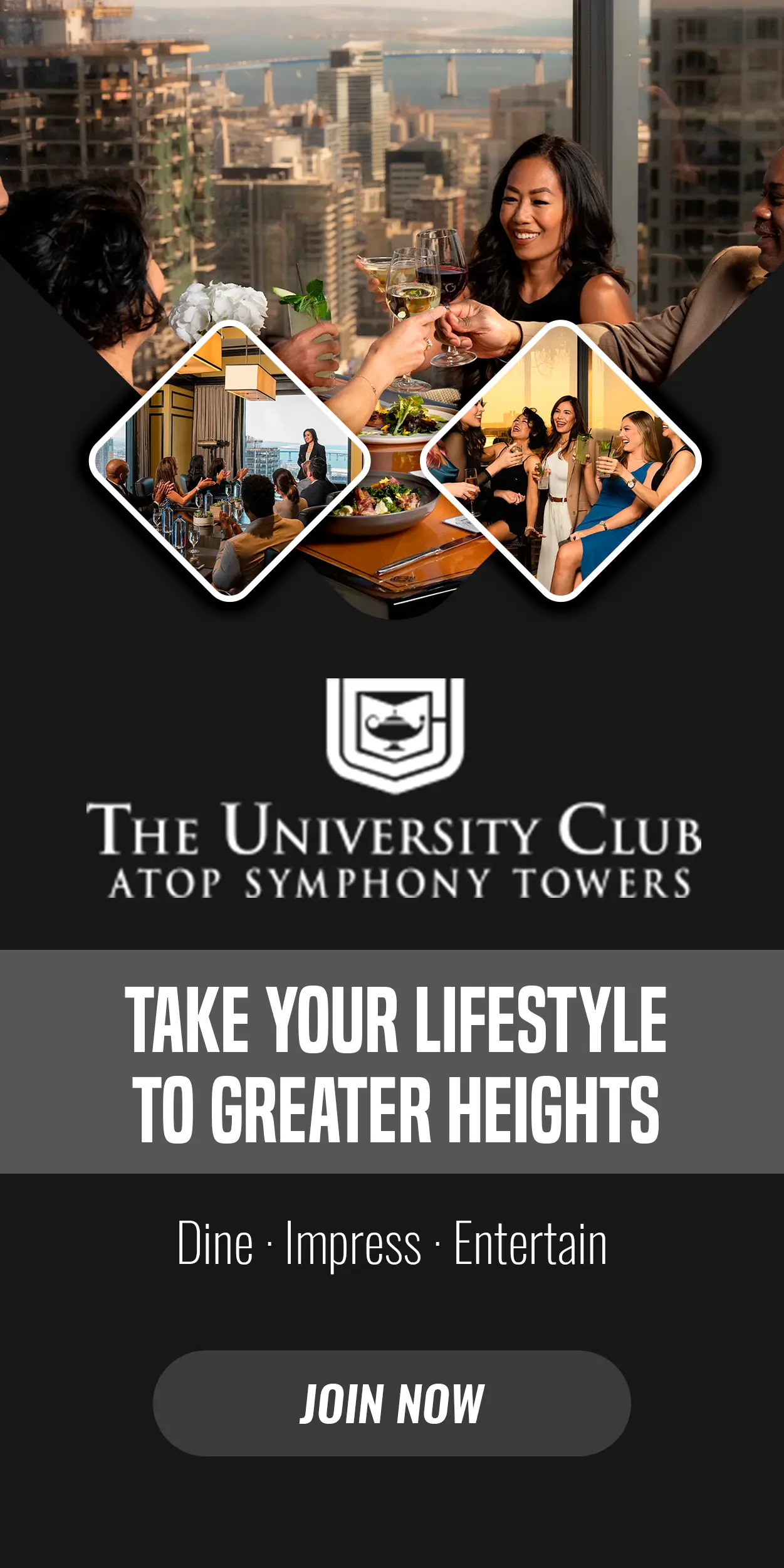

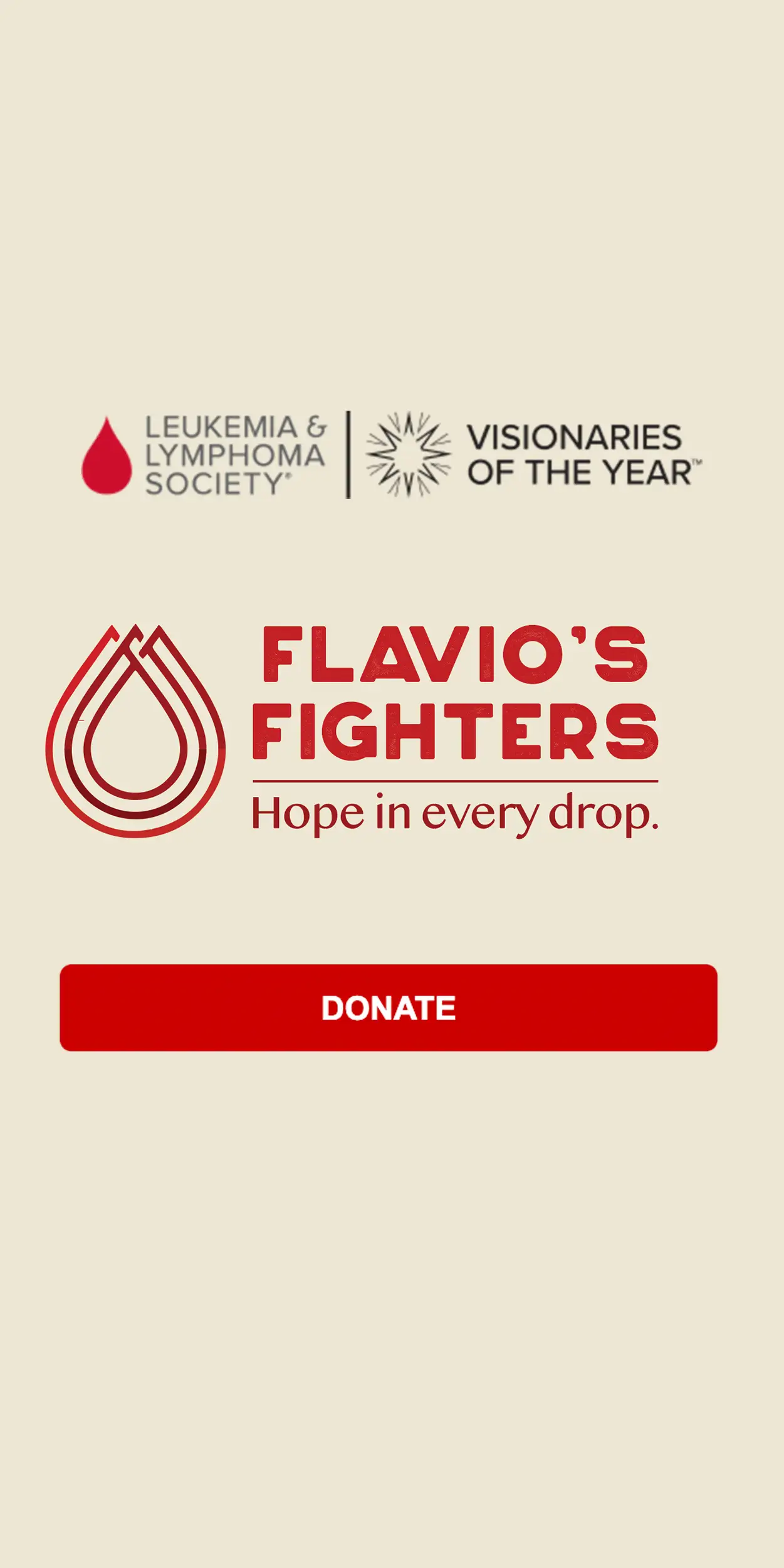
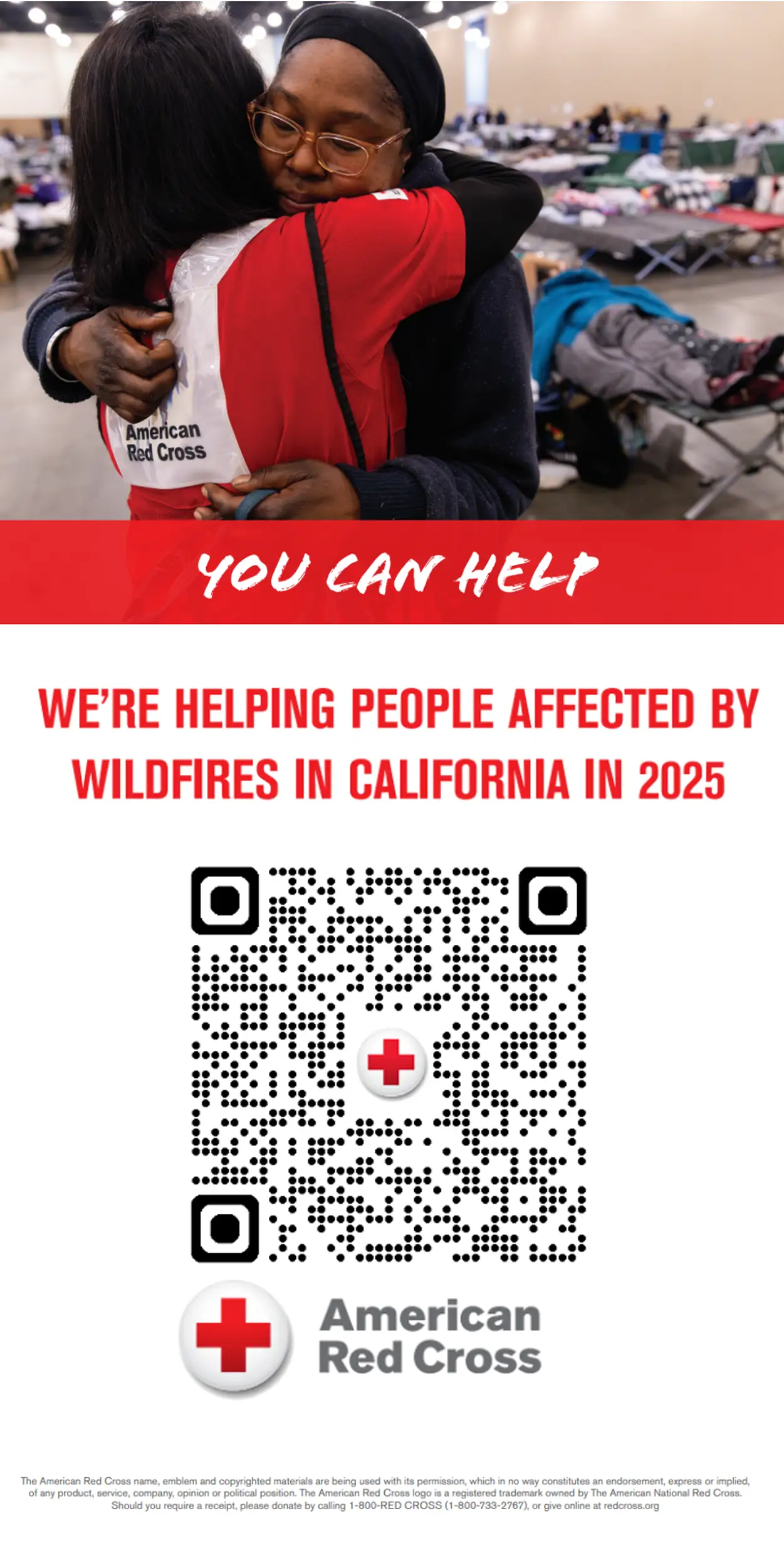
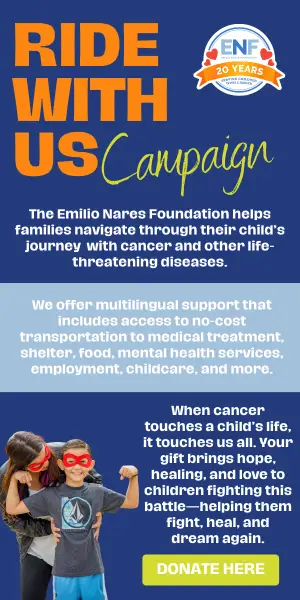

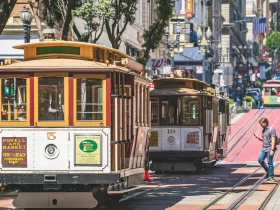
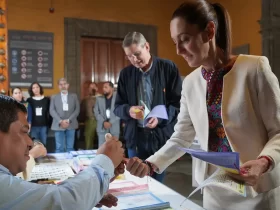
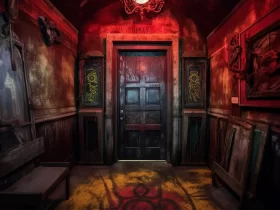
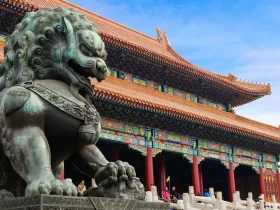
Leave a Reply